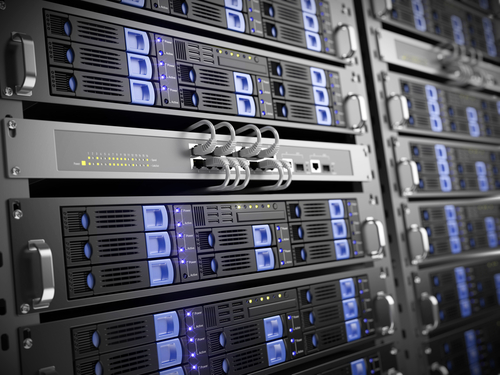Microsoft Proposes Fuel Cells Inside Data Centre Racks

Making racks that power themselves could cut data centre energy needs, says Microsoft
Microsoft will test a new data centre architecture which will reduce electrical infrastructure by building fuel cells into the equipment racks themselves, creating units that power themselves and eliminating the need for backup power.
Fuel cells, which burn methane from natural gas or biogas cleanly, and produce electricity, have been suggested for data centre power, and eBay has built one entirely powered by the devices, but Microsoft’s proposal goes further, bringing the units indoors and reducing infrastructure in the process. On-site generation allows data centres to become more-or-less independent of the electrical grid.

No more infrastructure
In a white paper titled No More Electrical Infrastructure: Towards Fuel Cell Powered Data Centers, Microsoft engineers and Ana Carolina Riekstin of the University of Sao Paolo, argue that fuel cells are clean enough for indoor use, and available in small incremental units, so it is more efficient to distribute them amongst the IT equipment.
The cells would need a gas supply, but the paper’s authors argue that this is cheaper than high-voltage switchgear, transformers and copper cables, which they say can make up 25 percent of the cost of a state-of-the-art data centre.
Overall, the group claim the approach could save about 20 percent of the cost of the data centre, but also argue that they win out because of reliability. The set-up would be based around multiple fuel cells, so there would be no single point of failure.
The group considers distributing them further, to the servers themselves, but rejects this as reducing the efficiency of the fuel cells and requiring more gas infrastructure. Microsoft plans to test self-powered racks, according to the paper.
Microsoft has previously argued that data centres could be made self-sufficient in power by locating them on landfill sites where methane is generated.
Are you a tech patent expert? Try our quiz